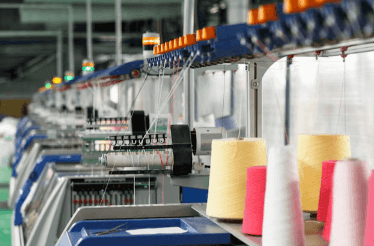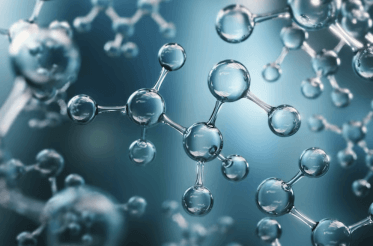Question
a.
Flocculation
b.
Bacterial activity
c.
Precipitation
d.
Sedimentation
Posted under Environmental Biotechnology
Interact with the Community - Share Your Thoughts
Uncertain About the Answer? Seek Clarification Here.
Understand the Explanation? Include it Here.
Q. The hollow rhizomes of the reeds generate a hydraulic pathway thereby treating sewage by ___________
Similar Questions
Explore Relevant Multiple Choice Questions (MCQs)
Q. Which of the following factors doesn’t need to be considered in order to make the system of nutrient removal cost effective?
View solution
Q. __________ method can be used for enhancing the performance of waste stabilization ponds.
View solution
Q. Algal fish ponds require artificial aeration.
View solution
Q. Nitrogen and __________ are the main source for eutrophication of surface water?
View solution
Q. Ammonia is converted into nitrate which is converted into__________ and released into the atmosphere.
View solution
Q. Which of the following process is leads to removal of nitrogen gas from water?
View solution
Q. The total Nitrogen load = (soluble organic nitrogen and ammonia from incoming wastewater) + (nitrogen from Return Activated Sludge) + (nitrogen from recirculation).
View solution
Q. Particulate organic nitrogen is termed as the material that can pass through a 0.2-μm filter.
View solution
Q. Biological oxidation of ammonia is called as ____________
View solution
Q. Nitrification of ammonia involves two oxidation stages.
View solution
Q. Which of the following metal catalyst is not used during catalytic oxidation of ammonia?
View solution
Q. _____________ bacteria get the energy from oxidation of inorganic nitrogen compounds.
View solution
Q. Which of the following bacteria is involved in nitrification of ammonia?
View solution
Q. Bacteria eat a lot of ammonia produced in the fish gills.
View solution
Q. The optimum growth temperature of nitrifying bacteria is __________
View solution
Q. Nitrifying bacteria cannot survive at 0° C.
View solution
Q. Nitrogen is returned back into the atmosphere by the activity of _________
View solution
Q. Nitric acid is formed during oxidation of ammonia.
View solution
Q. Sewage treatment plant for the removal of phosphate in an activated sludge system is called as ________
View solution
Q. Enhanced biological phosphorus removal implementation is done in an anaerobic tank.
View solution
Recommended Subjects
Are you eager to expand your knowledge beyond Environmental Biotechnology? We've handpicked a range of related categories that you might find intriguing.
Click on the categories below to discover a wealth of MCQs and enrich your understanding of various subjects. Happy exploring!








